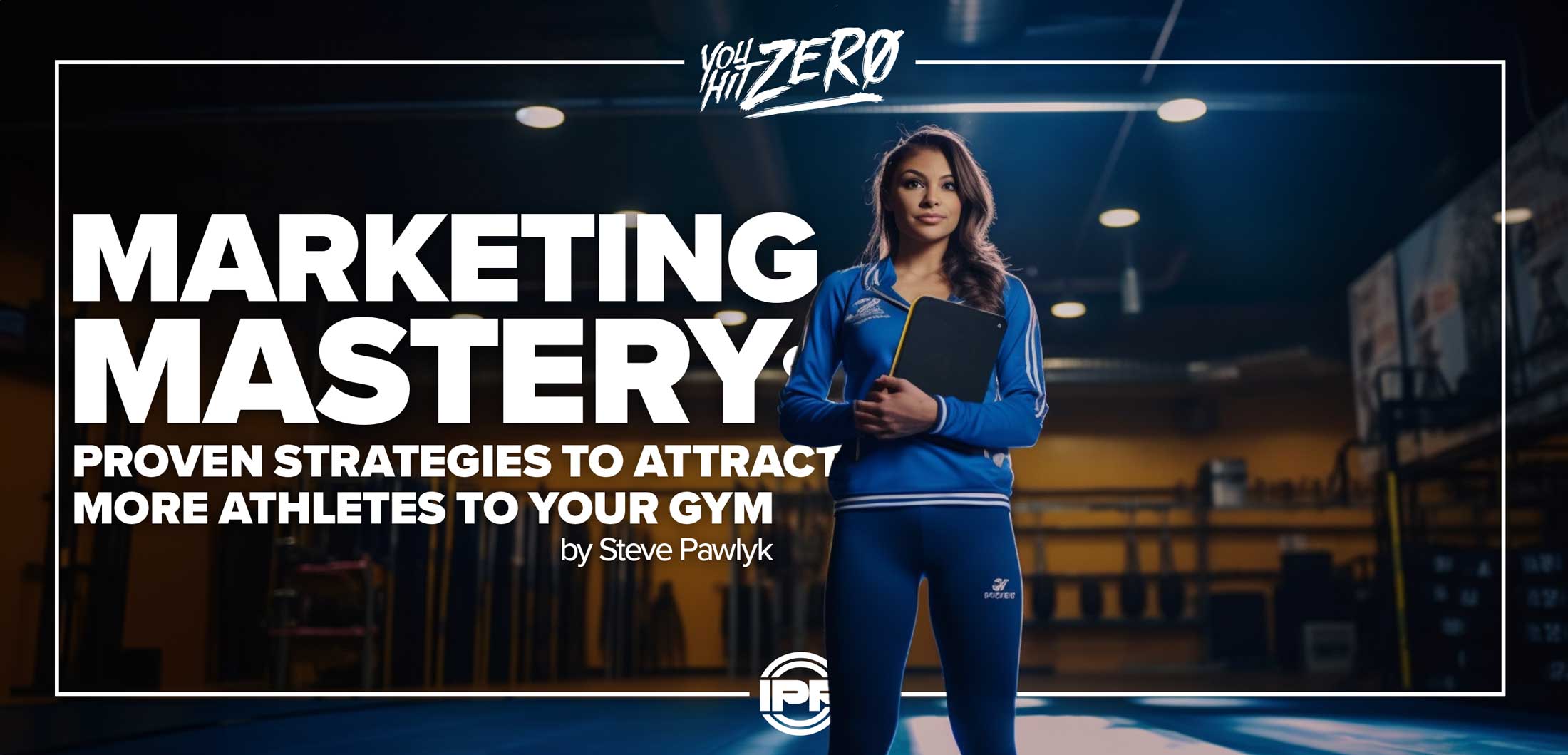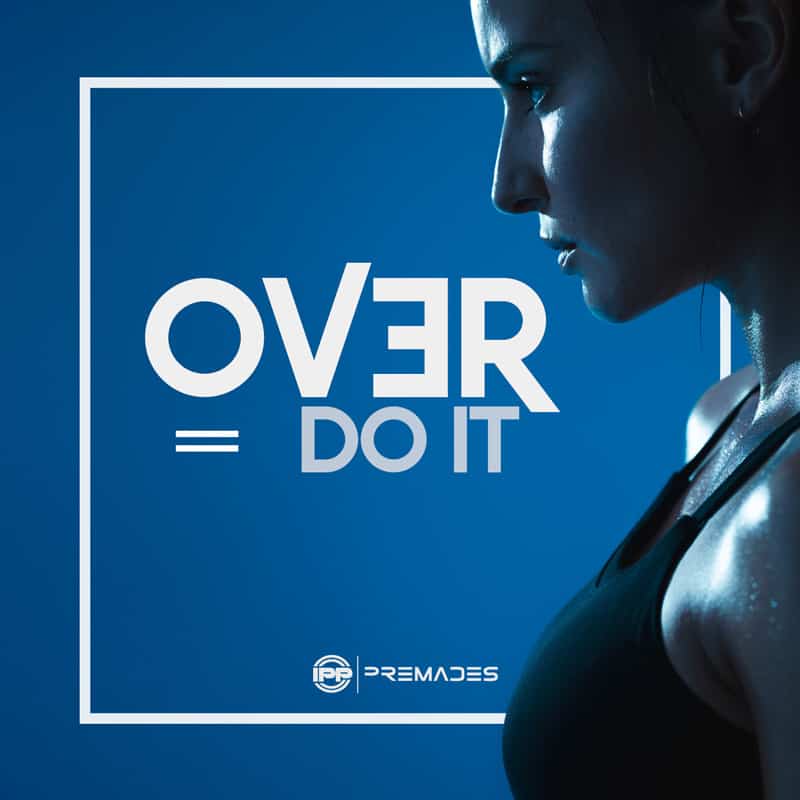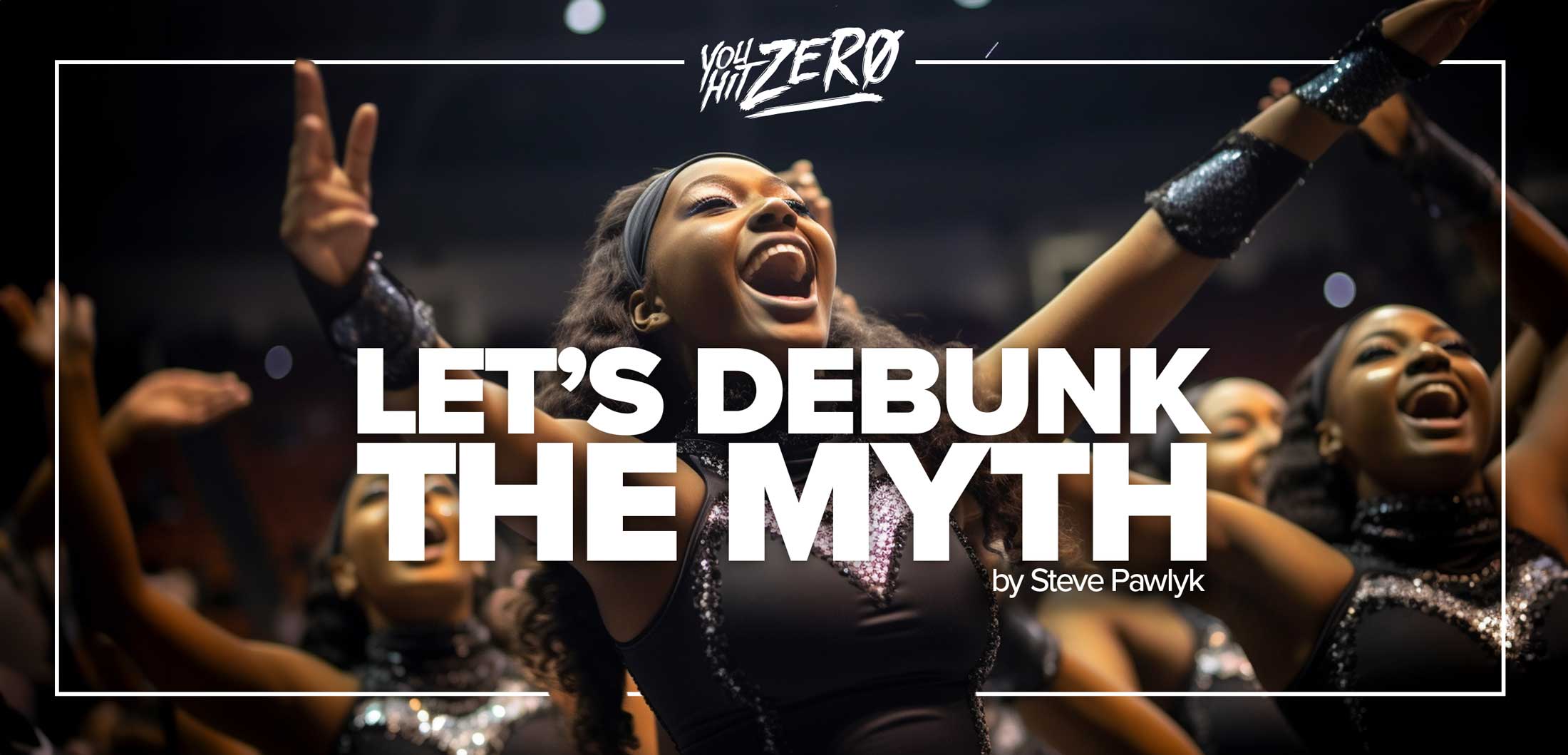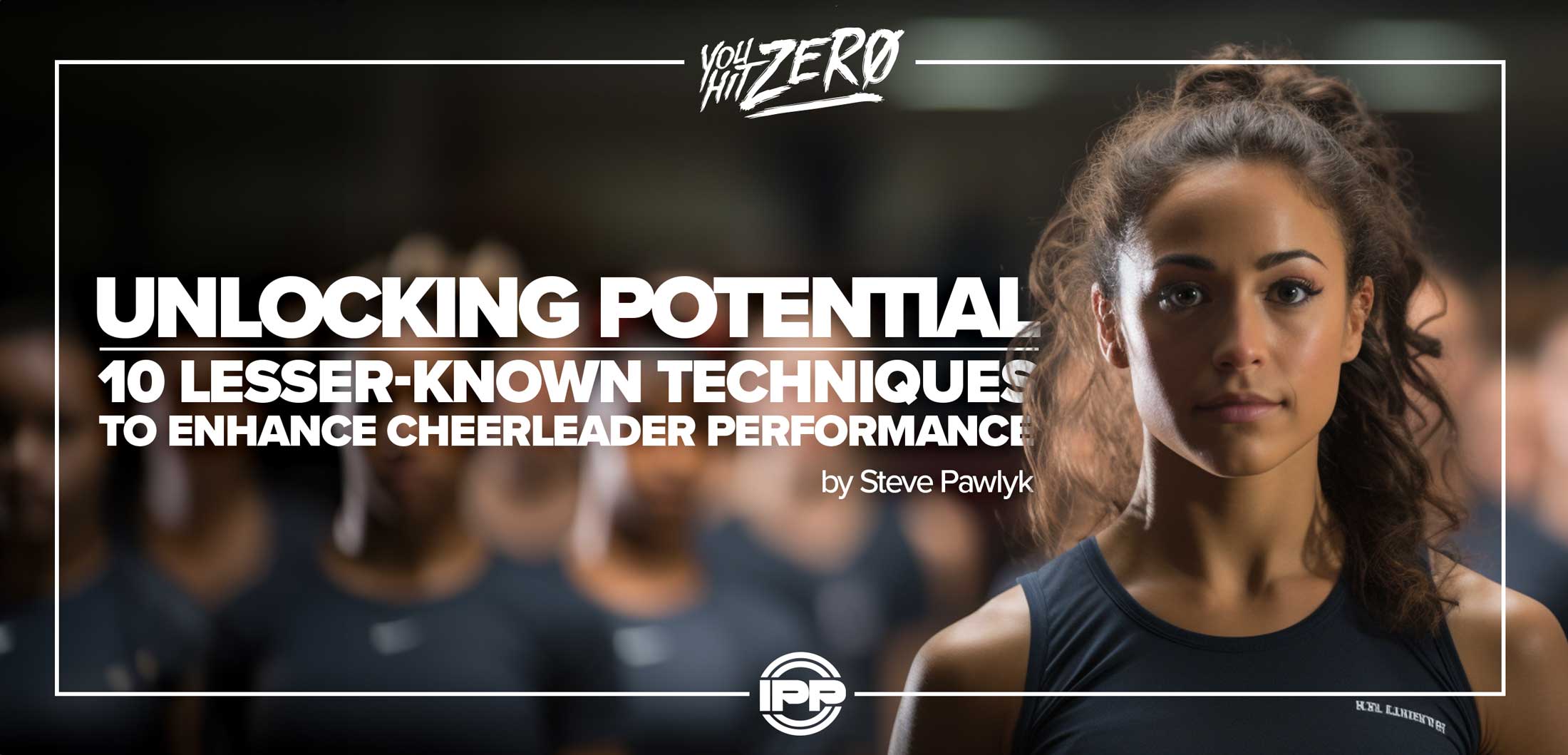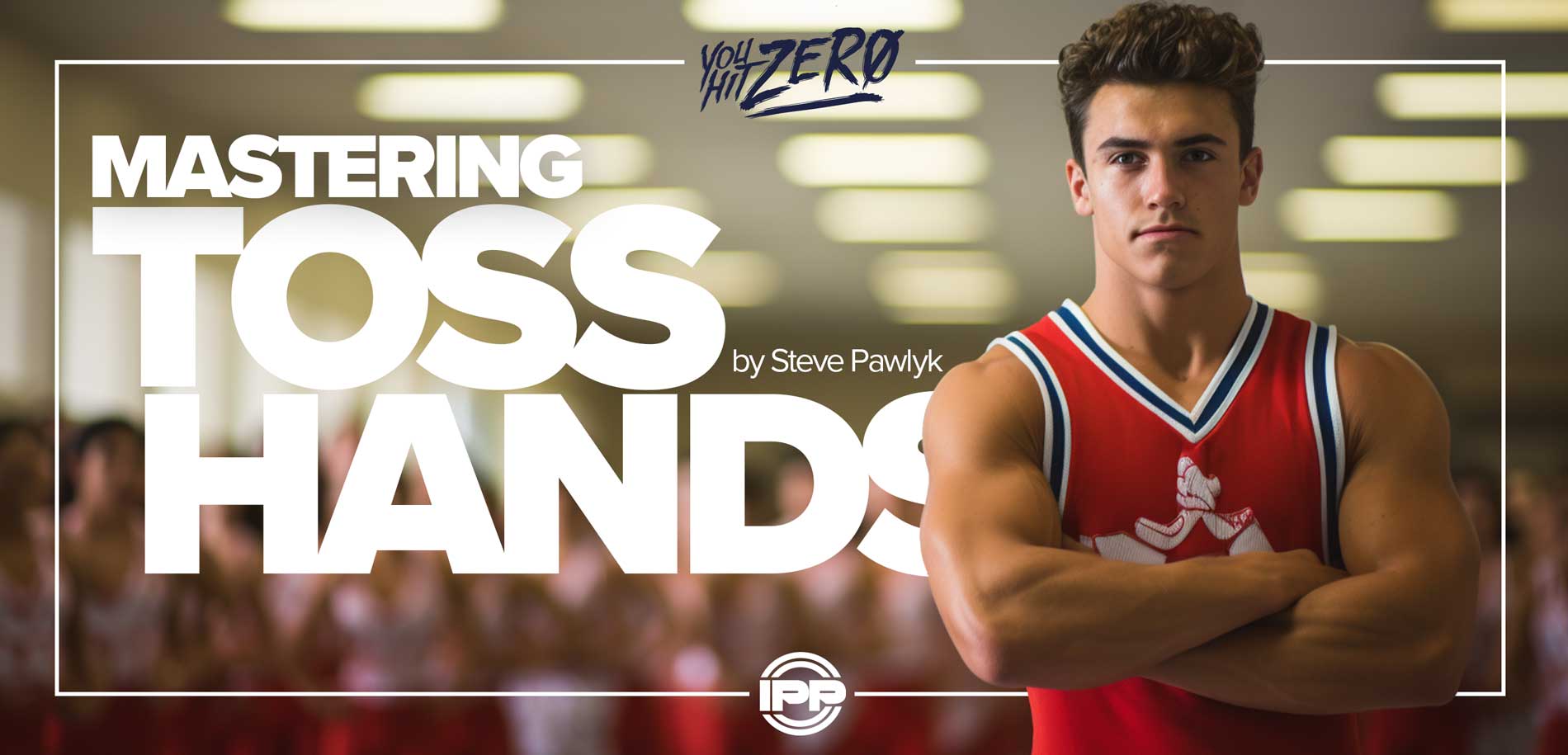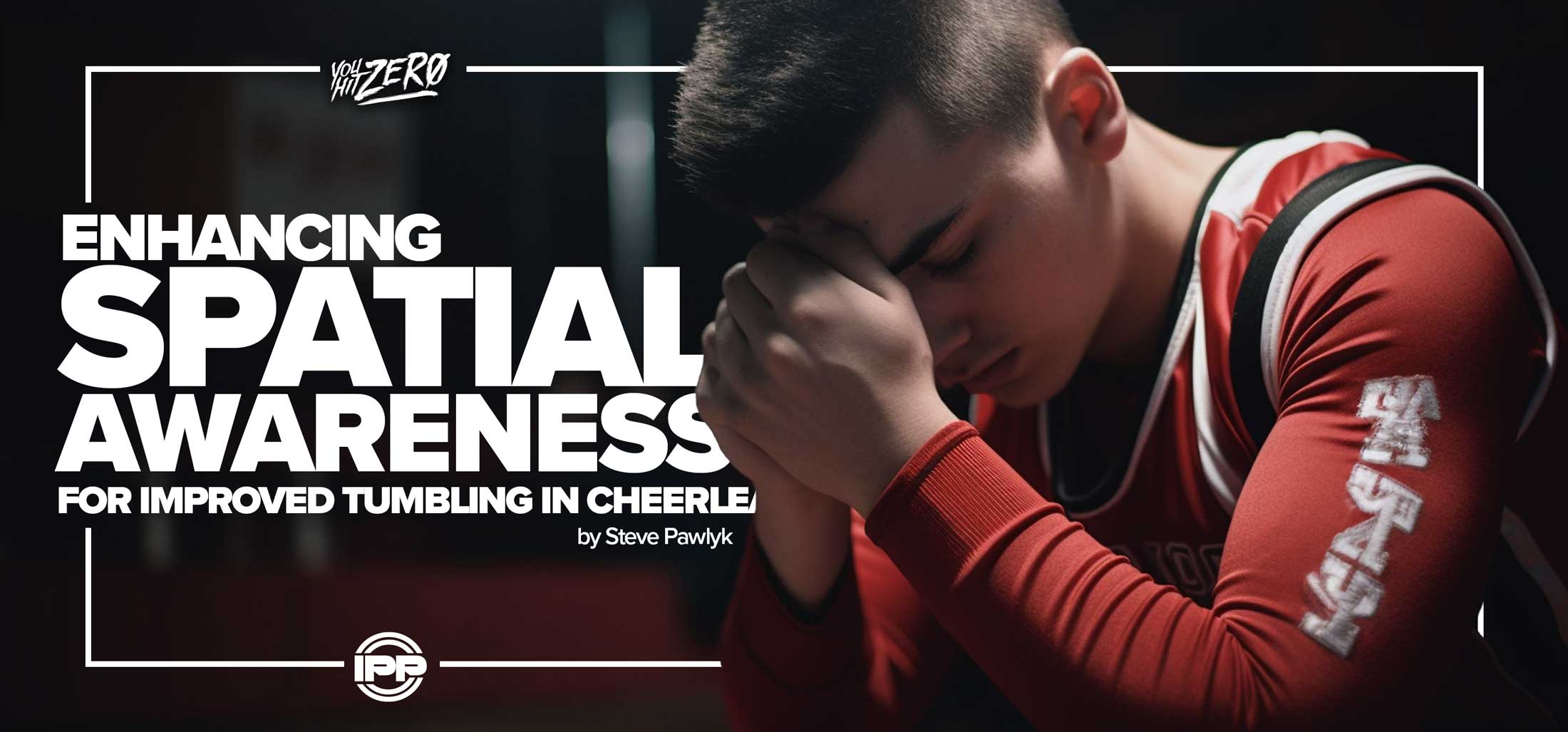| 1 |
All Star Cheer ELITE TIER CLUB |
1 |
Tiny |
6-7 years old |
2016-2018 |
Female/Male |
5-30 Members |
| 2 |
All Star Cheer ELITE TIER CLUB |
1 |
Mini |
7-9 years old |
2014-2017 |
Female/Male |
5-30 Members |
| 3 |
All Star Cheer ELITE TIER CLUB |
1 |
Youth |
8-12 years old |
2011-2016 |
Female/Male |
5-30 Members |
| 4 |
All Star Cheer ELITE TIER CLUB |
1 |
Junior |
9-15 years old |
2008-2015 |
Female/Male |
5-30 Members |
| 5 |
All Star Cheer ELITE TIER CLUB |
1 |
Senior |
13-19 years old |
6/1/04-2011 |
Female/Male |
5-30 Members |
| 6 |
All Star Cheer ELITE TIER CLUB |
2 |
Mini |
7-9 years old |
2014-2017 |
Female/Male |
5-30 Members |
| 7 |
All Star Cheer ELITE TIER CLUB |
2 |
Youth |
8-12 years old |
2011-2016 |
Female/Male |
5-30 Members |
| 8 |
All Star Cheer ELITE TIER CLUB |
2 |
Junior |
9-15 years old |
2008-2015 |
Female/Male |
5-30 Members |
| 9 |
All Star Cheer ELITE TIER CLUB |
2 |
Senior |
13-19 years old |
6/1/04-2011 |
Female/Male |
5-30 Members |
| 10 |
All Star Cheer ELITE TIER CLUB |
3 |
Youth |
8-12 years old |
2011-2016 |
Female/Male |
5-30 Members |
| 11 |
All Star Cheer ELITE TIER CLUB |
3 |
Junior |
9-15 years old |
2008-2015 |
Female/Male |
5-30 Members |
| 12 |
All Star Cheer ELITE TIER CLUB |
3 |
Senior |
13-19 years old |
6/1/04-2011 |
No Males |
5-30 Members |
| 13 |
All Star Cheer ELITE TIER CLUB |
3 |
Senior Coed |
13-19 years old |
6/1/04-2011 |
1 or more Males |
5-30 Members |
| 14 |
All Star Cheer ELITE TIER CLUB |
4 |
Youth |
8-12 years old |
2011-2016 |
Female/Male |
5-30 Members |
| 15 |
All Star Cheer ELITE TIER CLUB |
4 |
Junior |
9-15 years old |
2008-2015 |
Female/Male |
5-30 Members |
| 16 |
All Star Cheer ELITE TIER CLUB |
4 |
Senior |
13-19 years old |
6/1/04-2011 |
No Males |
5-30 Members |
| 17 |
All Star Cheer ELITE TIER CLUB |
4 |
Senior Coed |
13-19 years old |
6/1/04-2011 |
1 or more Males |
5-30 Members |
| 18 |
All Star Cheer ELITE TIER CLUB |
4 |
Senior Open |
18+ years old |
5/31/06 & Before |
Female/Male |
5-24 Members |
| 19 |
All Star Cheer ELITE TIER CLUB |
4 |
Senior Open Coed |
18+ years old |
5/31/06 & Before |
1 or more Males |
5-24 Members |
| 20 |
All Star Cheer ELITE TIER CLUB |
4 |
Senior |
13-19 years old |
6/1/04-2011 |
No Males |
5-30 Members |
| 21 |
All Star Cheer ELITE TIER CLUB |
4 |
Senior Coed |
13-19 years old |
6/1/04-2011 |
1 or more Males |
5-30 Members |
| 22 |
All Star Cheer ELITE TIER CLUB |
5 |
Youth |
8-12 years old |
2011-2016 |
Female/Male |
5-38 Members |
| 23 |
All Star Cheer ELITE TIER CLUB |
5 |
Junior |
9-15 years old |
2008-2015 |
Female/Male |
5-38 Members |
| 24 |
All Star Cheer ELITE TIER CLUB |
5 |
Senior |
13-19 years old |
6/1/04-2011 |
No Males |
5-38 Members |
| 25 |
All Star Cheer ELITE TIER CLUB |
5 |
Senior Coed |
13-19 years old |
6/1/04-2011 |
1 or more Males |
5-38 Members |
| 26 |
All Star Cheer ELITE TIER CLUB |
5 |
Senior Open |
18+ years old |
5/31/06 & Before |
No Males |
5-24 Members |
| 27 |
All Star Cheer ELITE TIER CLUB |
5 |
Senior Open Coed |
18+ years old |
5/31/06 & Before |
1 or more Males |
5-24 Members |
| 28 |
All Star Cheer ELITE TIER CLUB |
6 |
Junior |
9-15 years old |
2008-2015 |
Female/Male |
5-38 Members |
| 29 |
All Star Cheer ELITE TIER CLUB |
6 |
Limited XSmall * |
14-19 years old |
6/1/04-2010 |
No Males |
5-16 Members |
| 30 |
All Star Cheer ELITE TIER CLUB |
6 |
Senior XSmall * |
14-19 years old |
6/1/04-2010 |
No Males |
5-16 Members |
| 31 |
All Star Cheer ELITE TIER CLUB |
6 |
Limited Small* |
14-19 years old |
6/1/04-2010 |
No Males |
17-22 Members |
| 32 |
All Star Cheer ELITE TIER CLUB |
6 |
Senior Small * |
14-19 years old |
6/1/04-2010 |
No Males |
17-22 Members |
| 33 |
All Star Cheer ELITE TIER CLUB |
6 |
Senior Medium * |
14-19 years old |
6/1/04-2010 |
No Males |
23-30 Members |
| 34 |
All Star Cheer ELITE TIER CLUB |
6 |
Senior Large * |
14-19 years old |
6/1/04-2010 |
No Males |
31-38 Members |
| 35 |
All Star Cheer ELITE TIER CLUB |
6 |
Limited XSmall Coed* |
14-19 years old |
6/1/04-2010 |
1-2 Males |
5-16 Members |
| 36 |
All Star Cheer ELITE TIER CLUB |
6 |
Senior XSmall Coed * |
14-19 years old |
6/1/04-2010 |
1-2 Males |
5-16 Members |
| 37 |
All Star Cheer ELITE TIER CLUB |
6 |
Limited Small Coed* |
14-19 years old |
6/1/04-2010 |
1-5 Males |
5-22 Members |
| 38 |
All Star Cheer ELITE TIER CLUB |
6 |
Senior Small Coed * |
14-19 years old |
6/1/04-2010 |
1-5 Males |
5-22 Members |
| 39 |
All Star Cheer ELITE TIER CLUB |
6 |
Senior Medium Coed * |
14-19 years old |
6/1/04-2010 |
1-8 Males |
5-30 Members |
| 40 |
All Star Cheer ELITE TIER CLUB |
6 |
Senior Large Coed * |
14-19 years old |
6/1/04-2010 |
1-19 Males |
5-38 Members |
| 41 |
All Star Cheer ELITE TIER INTERNATIONAL |
1 |
U16 |
12-16 years old |
2007-2012 |
Female/Male |
10-24 Members |
| 42 |
All Star Cheer ELITE TIER INTERNATIONAL |
1 |
U18 |
14-18 years old |
2005-2010 |
Female/Male |
10-24 Members |
| 43 |
All Star Cheer ELITE TIER INTERNATIONAL |
2 |
U16 |
12-16 years old |
2007-2012 |
Female/Male |
10-24 Members |
| 44 |
All Star Cheer ELITE TIER INTERNATIONAL |
2 |
U18 |
14-18 years old |
2005-2010 |
Female/Male |
10-24 Members |
| 45 |
All Star Cheer ELITE TIER INTERNATIONAL |
3 |
U16 |
12-16 years old |
2007-2012 |
Female/Male |
10-24 Members |
| 46 |
All Star Cheer ELITE TIER INTERNATIONAL |
3 |
U18 |
14-18 years old |
2005-2010 |
No Males |
10-24 Members |
| 47 |
All Star Cheer ELITE TIER INTERNATIONAL |
3 |
U18 Coed |
14-18 years old |
2005-2010 |
Female/Male |
10-24 Members |
| 48 |
All Star Cheer ELITE TIER INTERNATIONAL |
4 |
U16 |
12-16 years old |
2007-2012 |
No Males |
10-24 Members |
| 49 |
All Star Cheer ELITE TIER INTERNATIONAL |
4 |
U16 Coed |
12-16 years old |
2007-2012 |
Female/Male |
10-24 Members |
| 50 |
All Star Cheer ELITE TIER INTERNATIONAL |
4 |
U18 |
14-18 years old |
2005-2010 |
No Males |
10-24 Members |
| 51 |
All Star Cheer ELITE TIER INTERNATIONAL |
4 |
U18 Coed |
14-18 years old |
2005-2010 |
Female/Male |
10-24 Members |
| 52 |
All Star Cheer ELITE TIER INTERNATIONAL |
6 |
U18 NT |
14-18 years old |
2005-2010 |
No Males |
10-30 Members |
| 53 |
All Star Cheer ELITE TIER INTERNATIONAL |
6 |
U18 Coed NT |
14-18 years old |
2005-2010 |
1-20 Males |
10-30 Members |
| 54 |
All Star Cheer ELITE TIER INTERNATIONAL |
6 |
International Open |
18+ years old |
5/31/06 & Before |
No Males |
10-24 Members |
| 55 |
All Star Cheer ELITE TIER INTERNATIONAL |
6 |
International Open Small Coed |
18+ years old |
5/31/06 & Before |
1-4 Males |
10-24 Members |
| 56 |
All Star Cheer ELITE TIER INTERNATIONAL |
6 |
International Open Large Coed |
18+ years old |
5/31/06 & Before |
5-16 Males |
10-24 Members |
| 57 |
All Star Cheer ELITE TIER INTERNATIONAL |
6 |
International Open NT |
18+ years old |
5/31/06 & Before |
No Males |
10-30 Members |
| 58 |
All Star Cheer ELITE TIER INTERNATIONAL |
6 |
International Open Coed NT |
18+ years old |
5/31/06 & Before |
1-20 Males |
10-30 Members |
| 59 |
All Star Cheer ELITE TIER INTERNATIONAL |
6 |
International Global |
18+ years old |
5/31/06 & Before |
No Males |
10-24 Members |
| 60 |
All Star Cheer ELITE TIER INTERNATIONAL |
6 |
International Global Coed |
18+ years old |
5/31/06 & Before |
1-16 Males |
10-24 Members |
| 61 |
All Star Cheer ELITE TIER INTERNATIONAL |
7 |
International Open |
18+ years old |
5/31/06 & Before |
No Males |
10-24 Members |
| 62 |
All Star Cheer ELITE TIER INTERNATIONAL |
7 |
International Open Small Coed |
18+ years old |
5/31/06 & Before |
1-4 Males |
10-24 Members |
| 63 |
All Star Cheer ELITE TIER INTERNATIONAL |
7 |
International Open Large Coed |
18+ years old |
5/31/06 & Before |
5-16 Males |
10-24 Members |
| 64 |
All Star Cheer PREP |
1 |
U16 |
12-16 years old |
2007-2012 |
Female/Male |
10-24 Members |
| 65 |
All Star Cheer PREP |
1 |
U18 |
14-18 years old |
2005-2010 |
Female/Male |
10-24 Members |
| 66 |
All Star Cheer PREP |
2 |
U16 |
12-16 years old |
2007-2012 |
Female/Male |
10-24 Members |
| 67 |
All Star Cheer PREP |
2 |
U18 |
14-18 years old |
2005-2010 |
Female/Male |
10-24 Members |
| 68 |
All Star Cheer PREP |
3 |
U16 |
12-16 years old |
2007-2012 |
Female/Male |
10-24 Members |
| 69 |
All Star Cheer PREP |
3 |
U18 |
14-18 years old |
2005-2010 |
No Males |
10-24 Members |
| 70 |
All Star Cheer PREP |
3 |
U18 Coed |
14-18 years old |
2005-2010 |
Female/Male |
10-24 Members |
| 71 |
All Star Cheer PREP |
4 |
U16 |
12-16 years old |
2007-2012 |
No Males |
10-24 Members |
| 72 |
All Star Cheer PREP |
4 |
U16 Coed |
12-16 years old |
2007-2012 |
Female/Male |
10-24 Members |
| 73 |
All Star Cheer PREP |
4 |
U18 |
14-18 years old |
2005-2010 |
No Males |
10-24 Members |
| 74 |
All Star Cheer PREP |
4 |
U18 Coed |
14-18 years old |
2005-2010 |
Female/Male |
10-24 Members |
| 75 |
All Star Cheer PREP |
6 |
U18 NT |
14-18 years old |
2005-2010 |
No Males |
10-30 Members |
| 76 |
All Star Cheer PREP |
6 |
U18 Coed NT |
14-18 years old |
2005-2010 |
1-20 Males |
10-30 Members |
| 77 |
All Star Cheer PREP |
6 |
International Open |
18+ years old |
5/31/06 & Before |
No Males |
10-24 Members |
| 78 |
All Star Cheer PREP |
6 |
International Open Small Coed |
18+ years old |
5/31/06 & Before |
1-4 Males |
10-24 Members |
| 79 |
All Star Cheer PREP |
6 |
International Open Large Coed |
18+ years old |
5/31/06 & Before |
5-16 Males |
10-24 Members |
| 80 |
All Star Cheer PREP |
6 |
International Open NT |
18+ years old |
5/31/06 & Before |
No Males |
10-30 Members |
| 81 |
All Star Cheer PREP |
6 |
International Open Coed NT |
18+ years old |
5/31/06 & Before |
1-20 Males |
10-30 Members |
| 82 |
All Star Cheer PREP |
6 |
International Global |
18+ years old |
5/31/06 & Before |
No Males |
10-24 Members |
| 83 |
All Star Cheer PREP |
6 |
International Global Coed |
18+ years old |
5/31/06 & Before |
1-16 Males |
10-24 Members |
| 84 |
All Star Cheer PREP |
7 |
International Open |
18+ years old |
5/31/06 & Before |
No Males |
10-24 Members |
| 85 |
All Star Cheer PREP |
7 |
International Open Small Coed |
18+ years old |
5/31/06 & Before |
1-4 Males |
10-24 Members |
| 86 |
All Star Cheer PREP |
7 |
International Open Large Coed |
18+ years old |
5/31/06 & Before |
5-16 Males |
10-24 Members |
| 87 |
All Star Cheer NOVICE TIER |
1 |
Tiny |
4-7 years old |
2016-2020 |
Female/Male |
3+ Members |
| 88 |
All Star Cheer NOVICE TIER |
1 |
Mini |
7-9 years old |
2014-2017 |
Female/Male |
5+ Members |
| 89 |
All Star Cheer NOVICE TIER |
1 |
Youth |
8-12 years old |
2011-2016 |
Female/Male |
5+ Members |
| 90 |
All Star Cheer NOVICE TIER |
1 |
Junior |
9-15 years old |
2008-2015 |
Female/Male |
5+ Members |
| 91 |
All Star Cheer NOVICE TIER |
1 |
Senior |
12-19 years old |
6/1/04-2012 |
Female/Male |
5+ Members |
| 92 |
All Star Cheer NOVICE TIER |
2 |
Mini |
7-9 years old |
2014-2017 |
Female/Male |
5+ Members |
| 93 |
All Star Cheer NOVICE TIER |
2 |
Youth |
8-12 years old |
2011-2016 |
Female/Male |
5+ Members |
| 94 |
All Star Cheer NOVICE TIER |
2 |
Junior |
9-15 years old |
2008-2015 |
Female/Male |
5+ Members |
| 95 |
All Star Cheer NOVICE TIER |
2 |
Senior |
12-19 years old |
6/1/04-2012 |
Female/Male |
5+ Members |
| 96 |
All Star Cheer NOVICE TIER |
3 |
Youth |
8-12 years old |
2011-2016 |
Female/Male |
5+ Members |
| 97 |
All Star Cheer NOVICE TIER |
3 |
Junior |
9-15 years old |
2008-2015 |
Female/Male |
5+ Members |
| 98 |
All Star Cheer NOVICE TIER |
3 |
Senior |
12-19 years old |
6/1/04-2012 |
Female/Male |
5+ Members |
| 99 |
CheerABILITIES |
1 |
Novice |
6+ years old |
2018 or before |
Female/Male |
5+ Members |
| 100 |
CheerABILITIES |
2 |
Elite |
6+ years old |
2018 or before |
Female/Male |
5+ Members |
| 101 |
CheerABILITIES |
2 |
Exhibition |
6+ years old |
2018 or before |
Female/Male |
5+ Members |
| 102 |
CheerABILITIES Unified |
0 |
|
5-12 years old |
2011-5/31/18 |
Female/Male |
5+ Members |
| 103 |
CheerABILITIES Unified |
0 |
|
10-17 years old |
6/1/06-2014 |
Female/Male |
5+ Members |
| 104 |
CheerABILITIES Unified |
0 |
|
18+ years old |
5/31/06 & Before |
Female/Male |
5+ Members |





